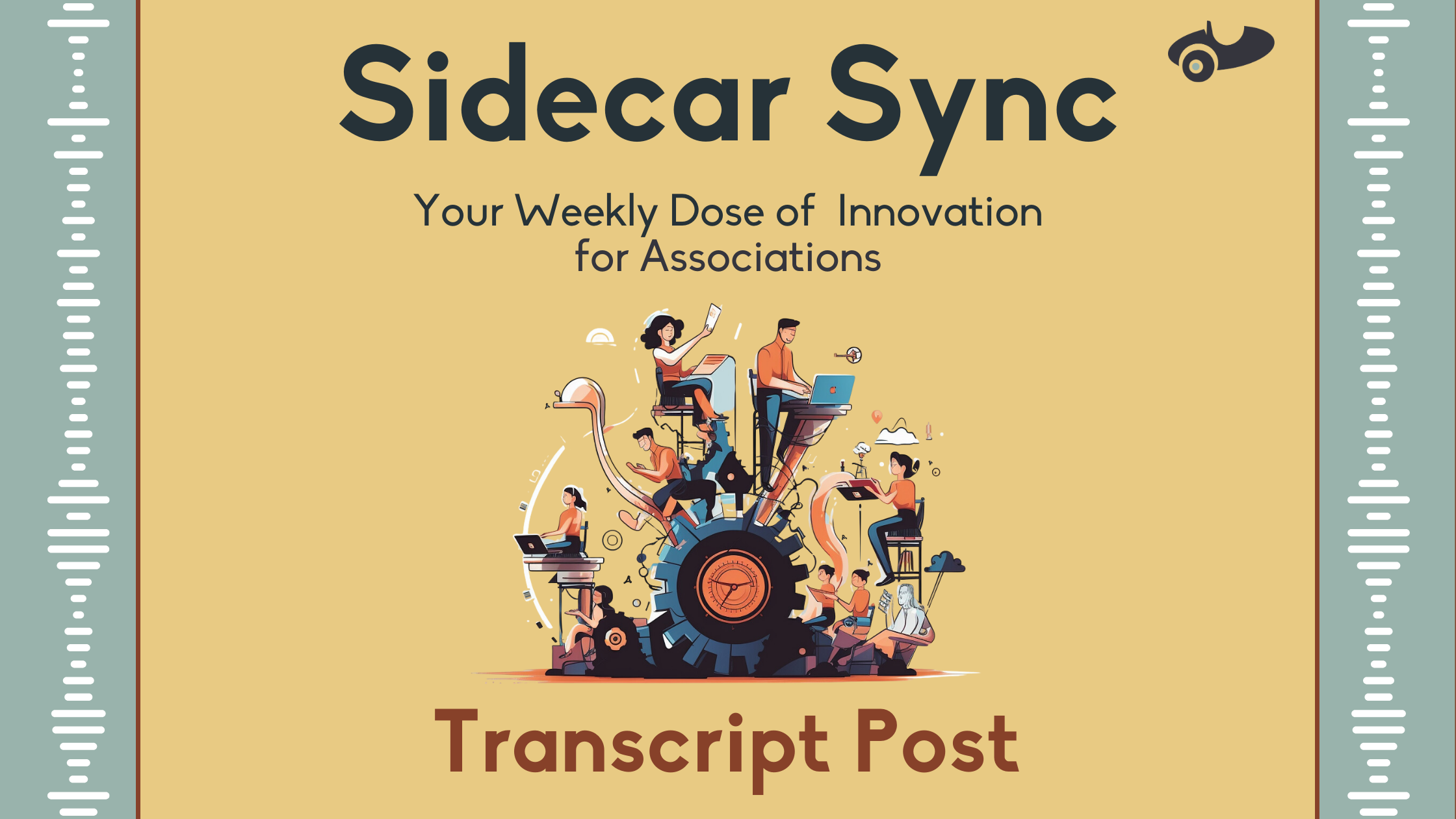Providing your organization with professional development opportunities increases retention, creates buy-in and enthusiasm, and improves efficiency and innovation. But too often, it’s seen as an afterthought, an aspiration to accomplish down the road when an organization has more time or resources to dedicate.
However, ignoring professional development can have very real consequences on your organization and its bottom line.
Does Your Staff Care About Professional Development?
The lack of opportunity for growth within an organization is often listed as the tipping point for leaving an employer. According to Lorman, 34% of employees who left their previous job were motivated to do so by roles with more career development opportunities, and a whopping 71% of Millennials said they are likely to leave an organization in two years if they are not satisfied with how their leadership skills are being developed.
Design & Deliver Your Association's Professional Development Plan
While there’s always an opportunity to hire talented professionals, more often than not, they’re already in your organization. But how do you find and empower them? Professional development.
Download Now
The Cost of Turnover
In the midst of “The Great Reshuffling,” the impact of high employee turnover is all too apparent. The time and productivity lost while rehiring for a role compounds the very real and tangible costs. According to Built, the average cost of rehiring in 2022 is:
- $1,500 for hourly employees
- 100 to 150% of an employee’s salary for technical positions
- Up to 213% of an employee’s salary for C-suite positions
Organizations must also consider the less tangible costs of lost productivity as new hires get up to speed, lost engagement and the cultural impact as your current employees pause to ask why their peers are leaving.
Related: Is the Great Resignation Affecting Associations?
Learn More >
The Cost of Disengagement
Employee disengagement walks hand in hand with low morale but is often a bit harder to quantify in revenue losses. While it’s often a symptom of greater organizational issues the impact on operations can be detrimental.
- Disengaged employees care less. They are not invested in their future within the organization and are less likely to take charge on a big project or engage in problem-solving.
- Disengaged employees have more absenteeism and experience more safety incidents.
- Disengagement tends not to be an isolated incident. Because disengagement is so frequently tied to legitimate concerns or general gaps in employee support, low morale is apt to spread within an organization.
And surprise, surprise – employee engagement has only grown in relevance over the past several years. According to a Gallup poll, employee engagement dropped to 34% in 2021, the first annual decline in a decade. Why is this? This is a complex question, but businesses with a strong learning culture enjoy employee engagement and retention rates around 30-50% higher than those that don’t.
Closing the Skill Gap
When your organization’s employees’ skills don’t align with the skills they need to do their jobs, that’s called a skill gap. This has negative consequences for an organization's overall productivity and agility as well as for the morale and engagement of its employees. And it, like so many other labor market concerns, is more of an issue today than 10 or even 5 years ago.
According to the CareerBuilder survey, 2 out of 3 employers are concerned about the skills gap, and more than half of employers say they’ve seen it negatively impact their business through:
- Productivity loss
- Higher employee turnover
- Lower morale
- Lower quality work
- Inability to grow business
- Revenue loss
Traditionally, this has been handled by rehiring. But as we saw earlier, the cost of rehiring is prohibitive and potentially harmful to company culture. And, perhaps unsurprisingly, it is often more affordable to retrain people in-house than to rehire
Related: Empower Your Members With E-Learning Options
Learn More >
Professional Development Is The Solution
The costs of ignoring professional development emerge when employees no longer see a future for themselves within the organization. It's this lack of support that results in resignations, decreased engagement and an overarching lack of participation and innovation.
Your team is your most valuable resource, and providing them with opportunities for learning and development is a direct investment in the longevity and success of the organization as a whole.
Unlock the power of Sidecar for your entire association.
Learn more





